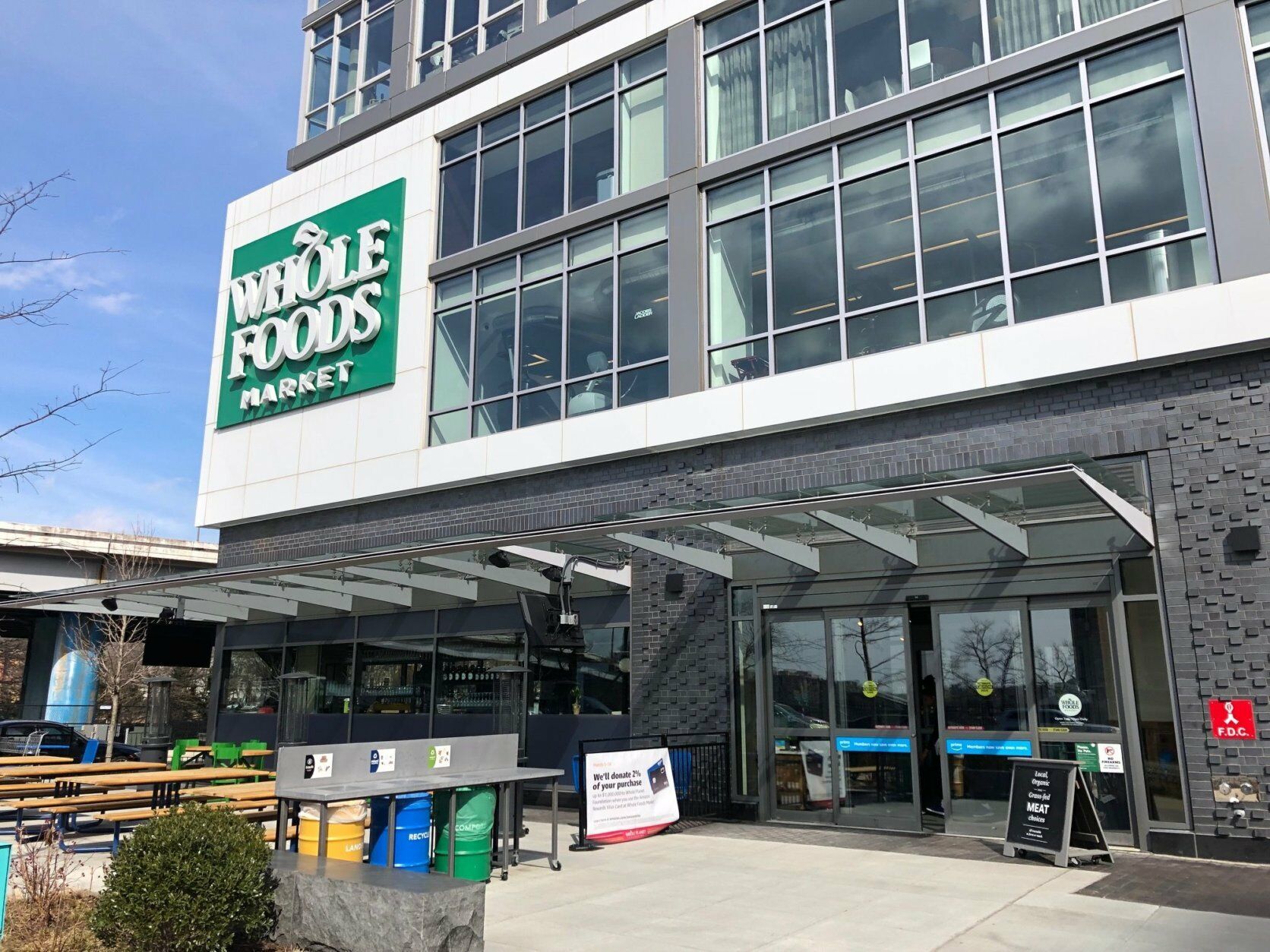
The District again ranks in the top 10 on Redfin’s annual list of most walkable cities, which scores cities on how car-dependent residents are for running errands, getting to work and enjoying restaurants, bars and parks.
D.C. is No. 7 this year, and for District residents, that is probably no surprise.
“Primarily because it is dense and rich with amenities. It has high access to public transit and bike infrastructure. But it also has a high density of bars and restaurants,” Redfin’s Taylor Marr told WTOP.
“It also has one of the most parks in the country for a city, so that also improves what you can walk to.”
A home that is walkable is also worth more money, particularly in D.C.
“Homes in walkable areas sell on average for about 24% more than homes in car-dependent areas. And this is true specifically for D.C., where the premium is slightly higher, averaging about $102,000 more for the typical home,” Marr said.
The high walkable rating is for the District itself, not the metro area as a whole. But there’s an increase in suburban development built around town centers, and that’s increasing walkability in many areas outside of the city.
“What we are starting to see is that new developments are more dense, with rich amenities like gyms, restaurants and grocery stores that are close to housing, so features people value in walkable cities are starting to be developed into areas where land is more affordable,” Marr said.






